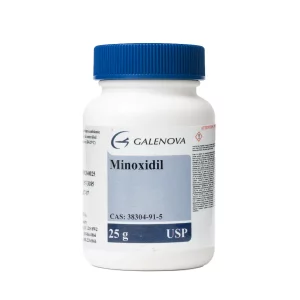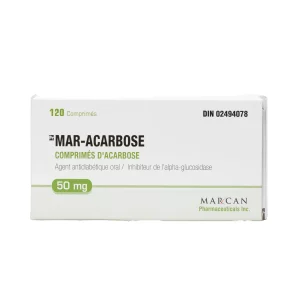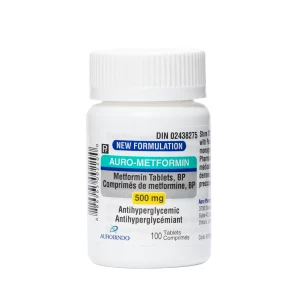Your cart is empty.
Your cart is empty.
Avodart and Finasteride are two well-known medications used to support prostate health and help with hair maintenance. If you’re exploring ways to manage hair loss or looking for support in keeping your longevity goals on track, this comparison of Avodart vs Finasteride will help guide you.
They may work in similar ways, but their effectiveness, use cases, and strengths differ. This article breaks down what you need to know, how they work, what separates them, and which one might be better for your health goals. We’ll also link to helpful resources like Avodart dosage, a comparison of Avodart vs Dutasteride, and where to Shop Avodart early on.
Both Avodart and Finasteride are medications designed to manage hormones in the body. These drugs help with benign prostatic hyperplasia (BPH), which means an enlarged prostate, and are also widely used to maintain hair density.
While both drugs were originally approved to treat BPH, they’re commonly used off-label to support hair growth. In fact, Finasteride is the only one officially approved for male pattern baldness, but Avodart is also used for that purpose with notable success.
DHT is a hormone your body naturally creates. However, high DHT levels are linked to hair thinning and prostate enlargement. That’s why medications that block DHT are so popular in men’s health.
In short, Avodart offers a stronger reduction of DHT, while Finasteride provides a more moderate effect. This difference is one reason some men prefer one over the other.

Both drugs are widely used to manage hair loss. Finasteride has been FDA-approved for this purpose, while Avodart is not officially approved for hair treatment, but many use it successfully off-label. Because Avodart blocks both enzyme types, it often leads to stronger suppression of DHT. This may lead to better results in some men when it comes to hair regrowth or slowing hair shedding.
Still, it’s important to note that results don’t happen overnight. Hair maintenance with either drug takes time, usually 3 to 6 months before noticeable improvement. Consistency is critical. Missing doses or stopping completely can lead to reversal of effects. To maintain the gains, regular daily use is key.
Finasteride is more widely prescribed, especially for men dealing with hair loss. It’s well known and has been around longer for this purpose. Since it’s FDA-approved for androgenetic alopecia (male pattern baldness), many doctors feel more comfortable recommending it.
Avodart, while effective, is more commonly used for prostate support. That said, some users and healthcare providers prefer dutasteride due to its stronger DHT suppression. Availability, familiarity, and medical guidelines all influence how often these drugs are prescribed.

Both medications are taken by mouth. Dosages are simple and easy to remember:
It’s best to take these medications at the same time each day. This helps keep hormone levels steady and improves long-term effectiveness.
Many people interested in longevity are turning to hormone management as a way to stay ahead of age-related changes. Lowering DHT may help reduce the risk of prostate issues over time.
In either case, long-term users should monitor their results with a trusted healthcare provider to ensure the benefits are sustained and balanced.
Your personal health goals should guide your choice.
Some people start with Finasteride and switch to Avodart after evaluating results. This kind of switch should always be done with medical guidance.
No matter which drug you choose, you’ll need patience. Both dutasteride and finasteride take time to show visible results. On average, users report noticeable improvements after 3 to 6 months of daily use.
The longer you stick with the regimen, the more stable your results will be. However, if you stop taking the medication, DHT levels will rise again. This often causes previous hair loss symptoms or prostatic hyperplasia to return.
Before starting either drug, it’s a good idea to discuss a few key topics with your healthcare provider:
Having a plan in place helps make sure your use of Avodart or Finasteride fits into your broader wellness strategy.
Avodart blocks both enzyme types that make DHT, while Finasteride blocks only one. This means Avodart usually lowers DHT more.
They both take a few months to show results. However, Avodart might lead to stronger suppression, which some users say speeds up their hair goals.
Yes, switching is possible. Many users start with one and move to the other. But it’s best to do so under the guidance of a healthcare provider.
Yes. Avodart is often preferred for benign prostatic hyperplasia (BPH) because it reduces DHT more effectively, which may shrink the prostate more.
Many do. Because DHT is linked to age-related prostate growth, lowering it can be part of a broader longevity plan. Long-term use should be monitored, and doses should not be changed without professional advice.
Both Avodart and Finasteride are powerful tools for supporting prostate health and managing hair loss. While they share a similar goal, reducing DHT, the way they work and their intensity differ. If you’re just beginning your wellness journey or prefer a lighter approach, Finasteride may be the right starting point. It’s widely used, well-understood, and effective for many. On the other hand, if you’re aiming for deeper hormonal control and long-term prostate support, Avodart might offer stronger benefits.
Your personal health goals, preferences, and any ongoing medications all play a role in deciding which option fits best. Whichever you choose, consistency is key, and guidance from your chosen specialist will ensure you’re getting the most out of your plan. Whether you’re focused on hair care, prostate health, or long-term vitality, the right choice will help support your path to better health and longevity.





Unlock savings on bundles and elevate your online experience today!